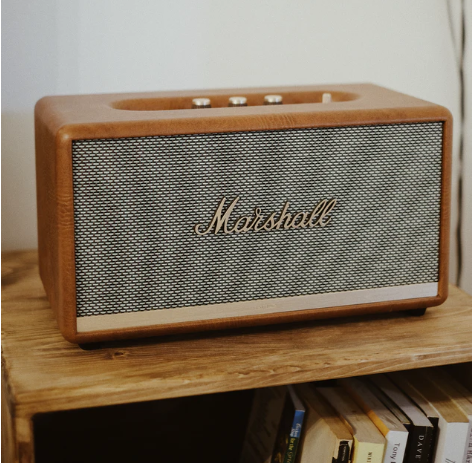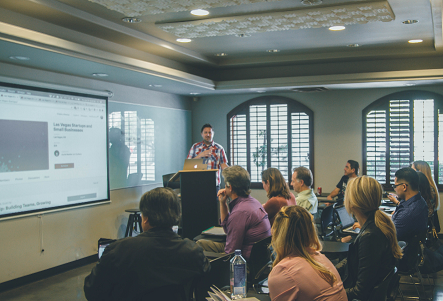When we listen to something, it often goes in one ear and out the other – as the popular English idiomatic expression goes, or it falls on deaf ears, but that shouldn’t happen if you want to improve your listening skills; you should be all ears.
Ears – ears are important; they are our auditory apparatus attuned to sound waves created by the vocal cords of others; our ears pick up sound waves; the ear transforms these waves into intelligible signals that our brains can understand.

Listening for communication is to understand the spoken word; as students need to understand what speech is; sentence intonation and stress that maybe focusing on specific information and interpreting the context and topic – stress, intonation, rhythm and the paralinguistic features such as intonation or volume loudness. A familiar cry from us all when doing a listening exercise in a language class is ‘I don’t understand’.
Normally, in a teaching class where you are leaning the language, as opposed to exam orientation and familiarization, your teacher will play the recording at least twice maybe more using one or more activities; you may even have the transcript to help you.

But why is listening a problem? Is it you? Is it the quality of the recording? Is it noise pollution from elsewhere in the school or from the traffic outside? Are the accents of the speakers strange or unintelligible? Is the recording not being played enough times? Are the speakers talking too fast?
A lot of the listening comprehension problems stem from unfamiliarity with a speaker’s accent; their speed of delivery, idiomatic language and perhaps most importantly from technical elements of pronunciation that the listeners, us the students, haven’t been acquainted with such as pronunciation, recognising contractions, understanding the reduction and blending of sentences at word or cluster level; the adding of extra sounds in rapid conversation between words and the many English words where we don’t pronounce all the syllables or sounds, for example chocolate where it is pronounced choc-late.
There are also may words that sound the same in rapid speech; words that sound almost the same ‘cab’ and ‘cap’, ‘sheep’ and ‘ship’. There is also the familiarity learners have with one particular type of accent; as learners, we have to be open to the fact that speakers of a particular language, be it English, Spanish or Chinese have various accents and speeds of delivery. If we become accustomed to just one accent, we will have difficulties understanding the range of accents spoken by ‘native’ English speakers from across the English-speaking world and more importantly those speakers of English whose first language isn’t English who outnumber native speakers.
Types of Listening
So, what types of listening do we do? There are perhaps two types of listening we do not only as language learners but also in our mother tongue; firstly, there is the listening we do in class or a lecture theatre or on TED Talks; the language here is high in information; we listen for the most part passively; we also watch TV in this way – passively, unless we are shouting at our football team or a politician, but on TV the spoken language is more dynamic with a range of styles formal informal, spontaneous, chatty and prepared. The second type of listening we do isactive, possibly in a conversation, where we have to understand the subtle cues of politeness and turn taking in a conversation. In this type of listening where we are participating, non-linguistic features like body language and facial expressions are used to get our meaning across.

When I learned Spanish, I spent two years just watching Spanish-language soap operas, mini series and movies; the actors had a variety of accents and came from many different countries. As such my listening skills are now very good; it required dedication.
So, how do you improve your listening skills? Listen to as much radio, music and TV as possible; listen to as many accents as possible and learn how the language is pronounced.
By Chris Scott, March 2020
